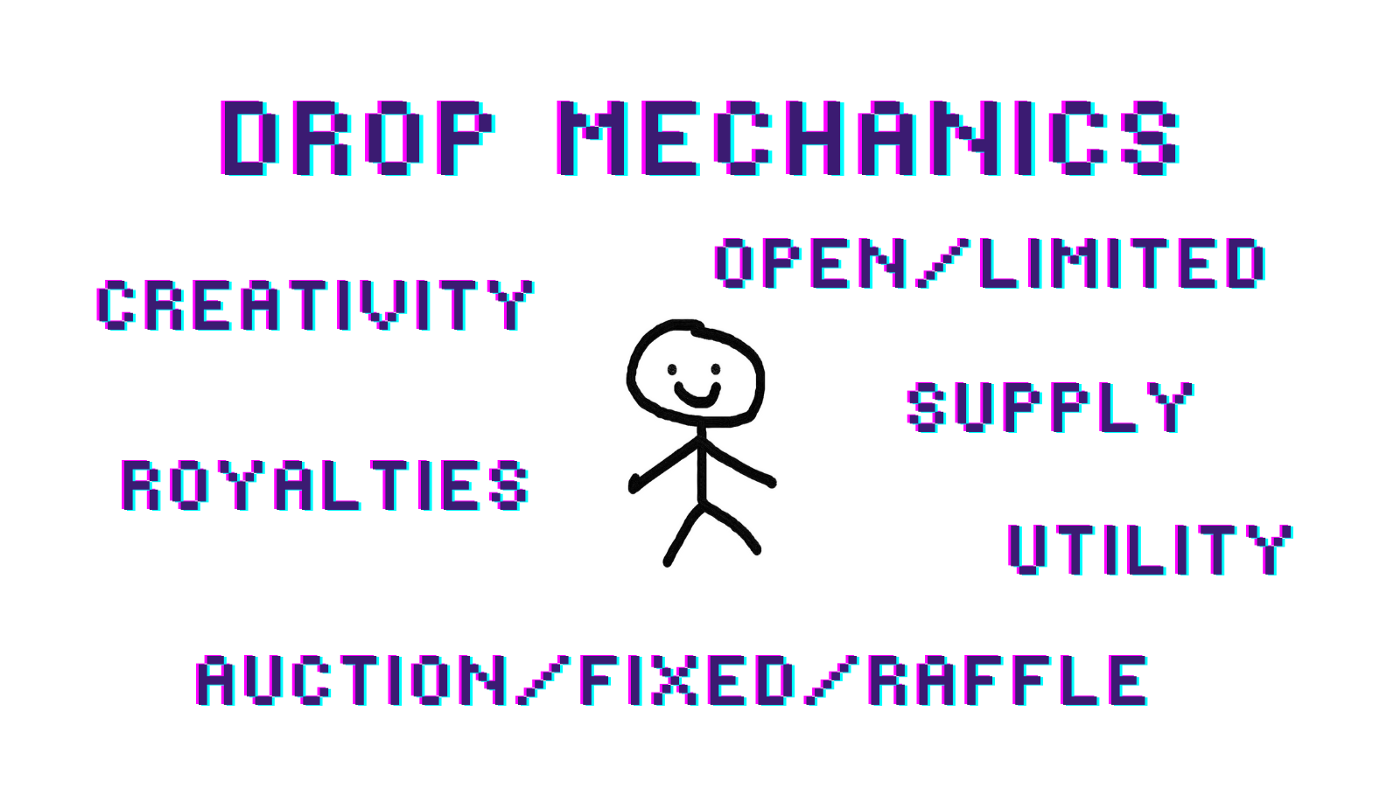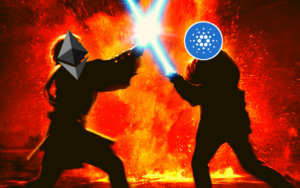
In part one of this two-part series we have shared how a one-off NFT collection can be set up. We also highlighted that there are several points to be taken care of when doing so, in order to increase chances of a successful drop. And this is exactly what this article is about.
Do you have an internal design team that will be able to create your NFTs or will you outsource/collaborate with external designers?
In many cases, IP holders have collaborated with artists in the crypto space for their drops. NFTs like art, tend to sell better when the artist/designer has a history of sales and a developed following of buyers on social media. Two examples:
There are always nuances, but some Van Gogh’s are purchased because they are Van Gogh’s.
Here are some sports related drops and the artists that helped bring them to fruition:
Creating a financial model that makes sense for you and your collaborator will be important. Some artists can demand up to 50% of the total profits as a revenue share while others may be comfortable with a commissioned fixed fee. The devil is in the details!
The beauty of NFT and smart contracts is in the flexibility of the sale mechanism.
However it is important to understand that the choice of the platform may limit you on the type of mechanisms available.
The drop process is divided in 3 steps:
- Type of edition
- Supply available
- Sale mechanism
1) Type of edition
- Limited edition: The drop will have a fixed supply, with a first come, first serve approach. Most of the time, it is either a supply of 1, 10 or 100.
- Open edition: The drop will have unlimited supply but the sale will be limited in time. Once the sale is over, no new supply of the NFT will be minted.
2) Supply available
- This is only mandatory for limited editions. It is a pure scarcity strategy where people are trying to find an optimum of gross sales, balancing expected volume and expected unit price
3) Sale mechanism
- Auction: This is the most popular sale mechanism. Sales are limited in time and the user with the highest bid wins the NFT.
- Fixed price: NFT is set at a fixed price. Works best with open edition NFTs
- Raffle: Users commit to a fixed price but only pay if they are randomly chosen. Works best with limited editions NFT.
Because an NFT is just a token and you can attach anything to it, we’ve also noticed the following tactics:
- Bundle a 1/1 limited edition with a “money can’t buy experience or item”. This is great to increase the perceived value of the NFT on the primary market but will dramatically reduce its value on the secondary markets. Efficient for super fans, less for collectors.
- Bundle a 1/1 limited edition with a less rare NFT.
Royalties
Finally you need to decide the resell or royalty mechanism, which is the percentage of the secondary market sales you will receive each time the NFT is re-sold. Yes, EACH TIME 🙂 And all done automatically through the blockchain-based smart contract.
Hypothetically you could set your royalty at 90% and cash out on the majority of profits from any future sale. However such a high royalty may prevent initial and future sales from occurring. Setting a royalty is a balancing act and this is why they usually range from 5% — 20%.
It is important to note that if you have commissioned an artist to do your NFT, you need to agree on the split of the royalty mechanism between you and the artist.
Past the novel aspect of an NFT being a cool new type of digital asset, what else is there that would make your collection unique?
Some of the most interesting drops have all tried to bring something new to the table.
Hard Utility
- Oleksandra Oliynykova’s 1 of 1 NFT would allow the owner to place a tattoo of their choice on Oleksandra’s right arm and shoulder. Future resales of the NFT would allow subsequent owners to remove the existing tattoo and replace it with a new design.
Physical Augments
- Golden State Warriors Rings — GSW brought in a second collaboration for their drop by working with Jason of Beverly Hills for the physical design of their rings. Owners of the NFTs basically received double the collectibles!
- WWE Undertaker Drop — Winners of the limited series of NFTs that WWE released would receive legendary goodies like an urn straight from the WWE Vault and customised title belt.
Conditional Drops
So be creative in your offering and think about what adds the most perceived value to a fan (or an investor).
At one point, Pets.com was the next big thing in eCommerce.
At one point, the lining in bags of potato chips used to be cutting edge aerospace technology.
At one point, MySpace was going to revolutionise how we connected with each other.
The reality is that we have no idea how NFTs will continue to evolve from what we can imagine in 2021.
But the projects that are being created and launched today are actively building the future.
Let’s continue to imagine new possibilities with NFTs and pave the path to tomorrow!
See something that’s missing?
This checklist is by no means exhaustive! if you’d like to share other aspects to consider for an NFT Drop — drop a comment below!
And to keep up to date on all things NFTs in sports make sure to visit the Nifty Sports website.
- 100
- Aerospace
- All
- ARM
- Art
- article
- artist
- Artists
- asset
- bags
- Beauty
- BEST
- Building
- buy
- care
- cases
- Cash
- chances
- Chips
- collaboration
- continue
- contract
- contracts
- Creative
- crypto
- Demand
- Design
- digital
- Digital Asset
- Drop
- ecommerce
- Edge
- First
- Flexibility
- future
- GM
- GP
- great
- guide
- GV
- High
- Highlighted
- history
- How
- How To
- HTTPS
- ia
- idea
- Increase
- investor
- IP
- IT
- Limited
- Majority
- Market
- Markets
- Media
- medium
- model
- Most Popular
- NFT
- NFTs
- offering
- open
- order
- Other
- owner
- owners
- Pay
- People
- Pets
- platform
- Popular
- price
- projects
- range
- Reality
- reduce
- revenue
- sale
- sales
- secondary
- sell
- sense
- Series
- set
- Share
- shared
- smart
- smart contract
- Smart Contracts
- So
- Social
- social media
- split
- Sports
- State
- Strategy
- successful
- supply
- Technology
- time
- token
- users
- value
- Vault
- volume
- Website
- works











